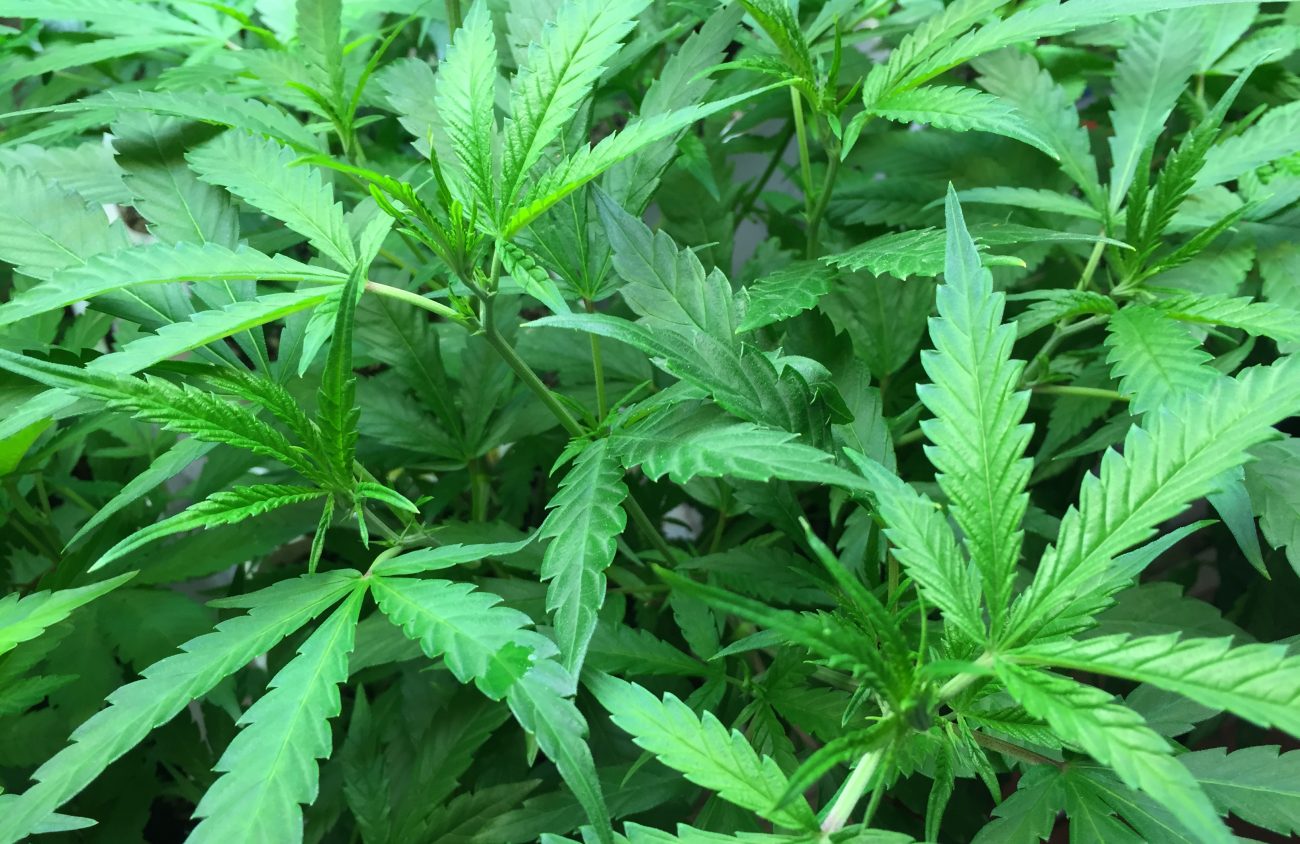Is the weed is getting stronger or is your weed just contaminated?
Secretary of State Dennis Richardson released a report this morning that says the state should protect public health by improving marijuana laboratory testing. In addition, the state has a gap in regulations that increase risks of legal marijuana going into the black market.
Marijuana production occurs on a wide spectrum, the report says. This spectrum runs from low-tech outdoors plants to pristine indoor facilities. Just like any agricultural product, marijuana is susceptible to pests, bacteria and fungi. Weed farmers might use pesticides and not properly remove it from the product.
The Oregonian in 2017 wrote about the proof of pesticides in weed despite ostensible state testing.
The audit also points out contamination in extracts and concentrates.
“Marijuana and its products can also be contaminated with microbiological contaminants, such as mold or salmonella, potentially hazardous growth enhancers, and even heavy metals such as chromium and lead,” the audit says.
Despite the dangers, the state fails to use its authority to conduct random testing to confirm private lab test results, the audit says.
The audit references a report by the Oregon-Idaho High Intensity Drug Trafficking Area program. The report says Oregon products between 440,000 and 911,500 kilograms of marijuana annually (that’s about 970,000 to two million pounds for those not familiar with the metric system). Due to Oregon’s incredibly low prices on weed, growers might be selling weed in other states where it’s still illegal — like Idaho.
OLCC uses Metrc, a software program, to track all marijuana in the recreational realm from seed to its sale. OLCC has hired staff to monitor pot shops to engage with any licensee that could be selling in the black market.
However, the audit wonders if OLCC has enough inspectors. As of October 2018, there was one inspector for every 88 licensees. OLCC says it plans to ask the Legislature to provide enough funding to increase its inspector staff by eight.
Ever since recreational marijuana became legal, it’s resulted in fewer medical clinics and fewer growers. This has left a gap in enforcement and caused public health concerns.
Medical marijuana growers are not required to use Metrc. In addition, medical marijuana isn’t subject to the same testing requirements as recreational marijuana “despite serving patients who may be more vulnerable to contamination than the general population.”
In the Secretary of State’s Office audit, lab staff who were interviewed expressed concern about the continued presence of pesticides in Oregon marijuana and questionable lab practices that could OK contaminated marijuana.
Part of this is because marijuana clients shop around at different labs as a way to ensure they receive the lab results they want.
To deal with the problems of the black market, the secretary of state recommends that OLCC improves its use of Metrc, identify high-risk marijuana sales, increase inspectors and license fees to support a better regulatory system. When it comes to testing, OHA should study the possible public health ramifications, accredit labs, conduct random sampling and work with the Legislature on how to deal with medical marijuana testing.
In a statement released after the report’s publishing this morning, officials at the Oregon Health Authority agreed with the secretary of state’s audit, but they said that state law needs to empower the Oregon Medical Marijuana Program to ensure grow sites meet requirements. The audit was consistent with an internal review conducted by OHA in May 2018.
OHA also found that medical marijuana growers operated without effective oversight, OHA officials said.
